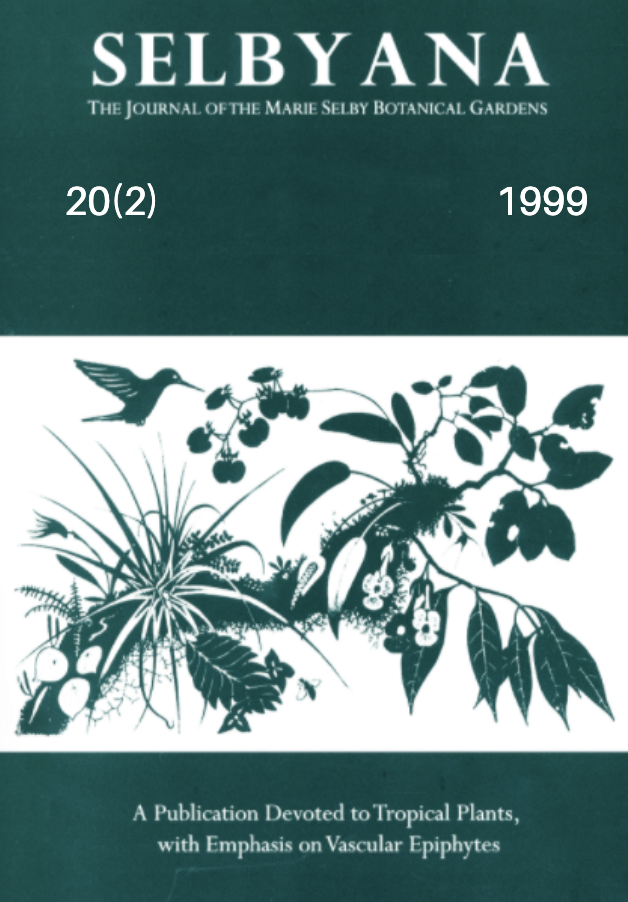Abstract
It has long been noted that there is a pronounced increase in the abundance of non-vascular organisms, i.e., macrolichens, mosses, and liverworts with altitude in the tropics. In montane regions, these poikilohydric organisms may account for a considerable biomass in tree crowns, while being quite inconspicuous in the lowlands. Some 20 years ago, Richards suggested that the apparent unsuitability of lowland tropical forest for non-vascular organisms was due to a combination of continuous high temperature, high relative humidity, and low light intensities. Although we still do not have unequivocal evidence that this explanation is indeed true, the results of most studies make it a highly probable scenario. Here, results are presented from a number of field and laboratory studies with both bryophytes and lichens. These studies indicate, that on one hand these organisms are very likely to dry out during the day, which strongly reduces their carbon gain, and on the other hand are often hydrated at night, which at high temperatures leads to considerable respiratory losses. In combination, this results in frequent negative 24-h carbon balances in the lowlands, making growth and survival very difficult, if not impossible. Surprisingly, crustose lichens do not show the same altitudinal pattern, but to date no physiological data are available to address this puzzle.
Open Access and Copyright Notice
Selbyana is committed to real and immediate open access for academic work. All of Selbyana's articles and reviews are free to access immediately upon publication. There are no author charges (APCs) prior to publication, and no charges for readers to download articles and reviews for their own scholarly use. To facilitate this, Selbyana depends on the financial backing of the Marie Selby Botanical Gardens, the hard work and dedication of its editorial team and advisory board, and the continuing support of its network of peer reviewers and partner institutions.
Authors are free to choose which open license they would like to use for their work. Our default license is the Creative Commons Attribution-NonCommercial 4.0 (CC BY-NC 4.0). While Selbyana’s articles can be copied by anyone for noncommercial purposes if proper credit is given, all materials are published under an open-access license with authors retaining full and permanent ownership of their work. The author grants Selbyana a perpetual, non-exclusive right to publish the work and to include it in other aggregations and indexes to achieve broader impact and visibility.
Authors are responsible for and required to ascertain that they are in possession of image rights for any and all photographs, illustrations, and figures included in their work or to obtain publication or reproduction rights from the rights holders. Contents of the journal will be registered with the Directory of Open Access Journals and similar repositories. Authors are encouraged to store their work elsewhere, for instance in institutional repositories or personal websites, including commercial sites such as academia.edu, to increase circulation (see The Effects of Open Access).
